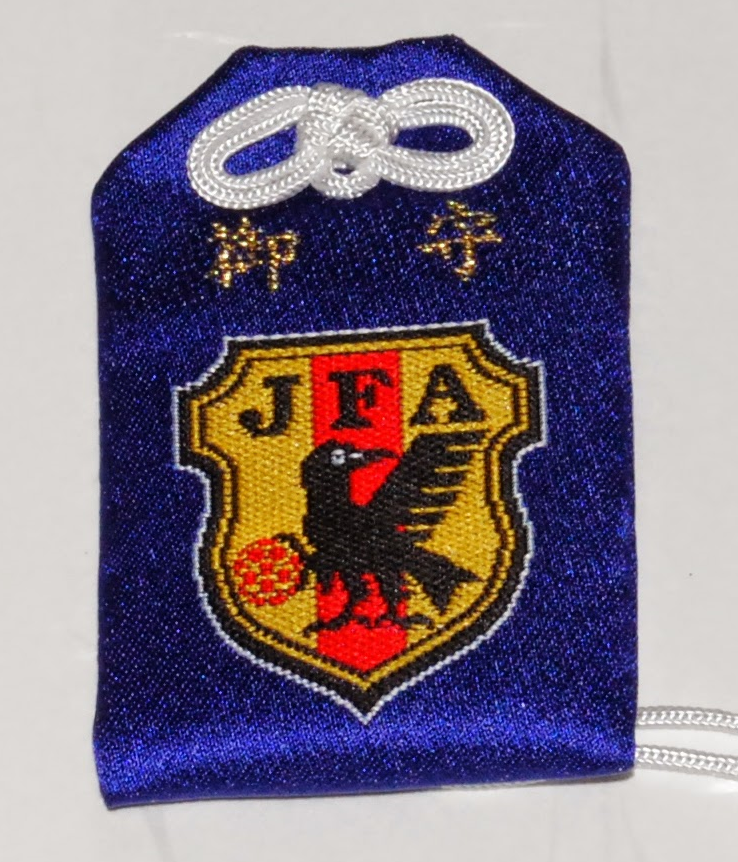Yatagarasu, The three-legged (or tripedal) crow (simplified Chinese: 三足乌; traditional Chinese: 三足烏; pinyin: sān zú wū) is a creature found in various mythologies and arts of East Asia. It is believed by East Asian cultures to inhabit and represent the Sun.

Yatagarasu guides Emperor Jimmu towards the plain of Yamato.
In Japanese mythology, this flying creature is a raven or a jungle crow called Yatagarasu (八咫烏, “eight-span crow”) and the appearance of the great bird is construed as evidence of the will of Heaven or divine intervention in human affairs.

Yatagarasu guides Emperor Jimmu towards the plain of Yamato.
Although Yatagarasu is mentioned in a number of places in Shintō, the depictions are primarily seen on Edo wood art, dating back to the early 1800s wood-art era. Although not as celebrated today, the crow is a mark of rebirth and rejuvenation; the animal that has historically cleaned up after great battles symbolized the renaissance after such tragedy.
Yatagarasu as a crow-god is a symbol specifically of guidance. This great crow was sent from heaven as a guide for Emperor Jimmu on his initial journey from the region which would become Kumano to what would become Yamato, (Yoshino and then Kashihara). It is generally accepted that Yatagarasu is an incarnation of Taketsunimi no mikoto, but none of the early surviving documentary records are quite so specific.
In more than one instance, Yatagarasu appears as a three legged crow not in Kojiki but in Wamyō Ruijushō.
Both the Japan Football Association and subsequently its administered teams such as the Japan national football team use the symbol of Yatagarasu in their emblems and badges respectively.The winner of the Emperor’s Cup is also given the honor of wearing the Yatagarasu emblem the following season.



A black Yatagarasu post is set up under the sacred tree, “Tara leaf tree” (多羅葉 ,tarayō) tree in front of the office at Kumano-Hongu-Taisha in Wakayama pref.
Black is a precious color that combines all colors, the color of Yahata, which is God’s request, and the sacred color that symbolizes the earth of the main palace.
In addition, Tara leaf trees are also known as “postcard trees” and “letter trees” because they are the source of postcards that were written with letters on the back of leaves.
Tara leaf tree;
Ilex latifolia (tarajo holly or tarajo; Japanese: 多羅葉 (たらよう tarayō), Chinese: 大叶冬青 dà yè dōngqīng) is a species of holly, native to southern Japan (Shizuoka Prefecture south to Kyūshū) and eastern and southern China (Jiangsu south to Fujian and west to Yunnan), growing in broadleaf forests at altitudes of 200–1,500 m.





Kumano-Hongu-Taisha in Wakayama pref.

